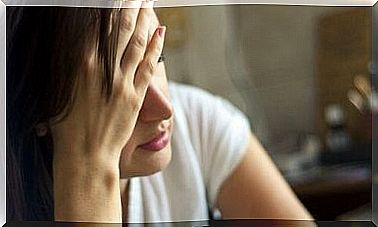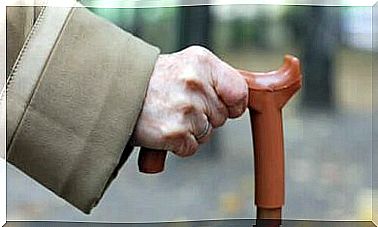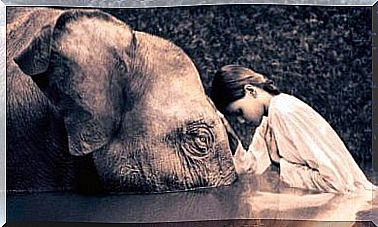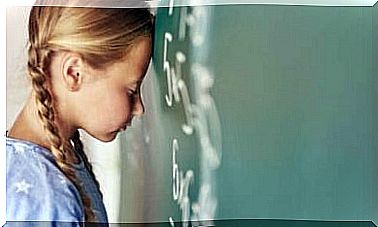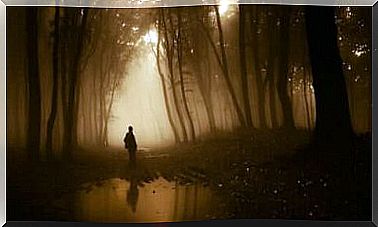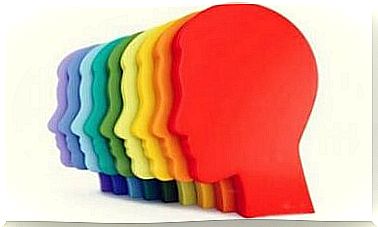The Basics Of Anxiety
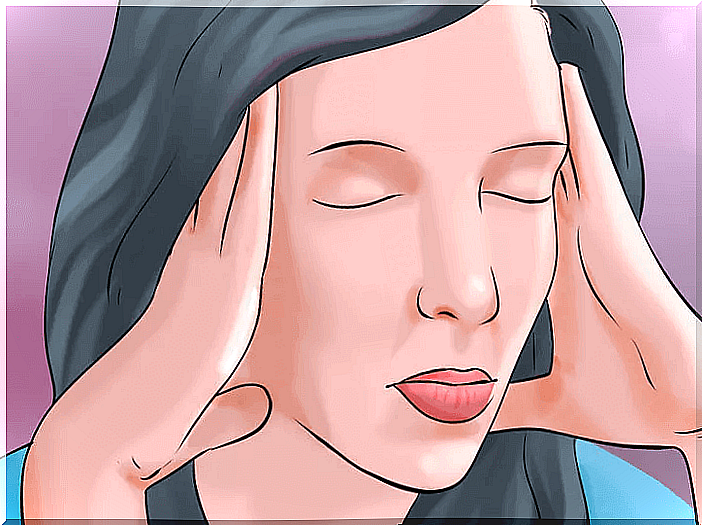
Anxiety, this emotion so known, so felt today and from which we suffer in many circumstances of our life. Anxiety is present whenever we identify a possible danger for our survival, but we also invite it in situations which are however not dangerous if we analyze them objectively. Even if our eyes, these are real adversities.
Anxiety accompanies us with the best intentions, wanting to become our friend, our ally, prepared to help us fight against what can hurt us or to run away if necessary.
But what anxiety doesn’t know is that sometimes it becomes such a heavy and awkward companion that you would like to get rid of it. So, let’s ask ourselves: why does anxiety show up in our lives uninvited? Is she so poorly educated?
The reality is that we are responsible for this situation. The way we interpret the situations of our daily life is responsible. Objectively, this is reality, but each person sees it in different ways.
Anxiety by letters
All emotions have a cognitive and mental component, a physiological or emotional component and a behavioral component, depending on how we behave in the face of the emotion being felt. In addition, emotions often appear in a determined spatio-temporal context. These are situations that have antecedents.

Albert Ellis, the father of rational emotional behavioral psychotherapy, devised a register called the “ABC Register” on which he explains emotions in parts. What he wanted to do with this decomposition was analyze all the components, even if for him, the root of all emotional problems lie mostly in the cognitive component.
The A refers to the situation we have experienced, called a risky or disruptive situation. The B is the cognitive component, that is, the automatic negative thoughts and irrational beliefs that pass through our mind when we are faced with a specific situation and the way we interpret it and / or understand it. ‘let’s evaluate.
According to cognitive psychology, these thoughts and beliefs are the product of the education received in childhood, the experiences lived early and the culture in which we operate.
Finally, the C, which refers to the emotional and behavioral component. That is, how we feel in this situation and how we behave in the face of it.
In anxiety, these three components are often quite differentiated and the treatment involves the analysis of the situations which provoke it, which are those which must be confronted. On the other hand, the thoughts that must be questioned and modified, as well as the own feeling of anxiety and the way of behaving.
The A of anxiety
The A implies a more or less risky life situation for the person. Even if objectively the situation should not entail any risk or danger, it is experienced that way. Triggering situations can come from social, psychological, family, couple …
What matters is not the content, but the fact that the patient is able to clearly identify it as a history of their anxiety state.
The B in anxiety
The B is the thought or cognition that determines the emotional state of anxiety. It appears according to A, and is personal and subjective according to each person. Not all people have the same thoughts in the same situations, but each interpretation is a world and two views of the same situation are not necessarily similar.
In anxiety, thoughts are often catastrophic, dramatic, and in the form of questions that anticipate the worst possible scenario. Here are some examples of anxious thoughts: What if I goof during the date? What if my plane has an accident?
In most cases, these thoughts are highly exaggerated and unrealistic, and are based on the belief that the worst is more likely. One strategy for fighting thoughts is to know the difference between possibility and probability.
What is possible is not, however, probable. It is obvious that there are tragedies, but we must be willing to tolerate this uncertainty in life if we are not to let our life be less anxiety.

The C of anxiety
To conclude, the C component of anxiety is divided into two: the emotional C, the emotion itself, and the behavioral C, that is, the way we act in a given situation. Anxious emotion is characterized by its physiology, which is highly unpleasant for the person who suffers from it. Some manifestations of anxiety are: tachycardia, blurred vision, nausea, tremors, cold sweating or depersonalization …
This sometimes causes, for people who suffer from anxiety, the contraction of fears to its own fear reactions, thus increasing the said manifestations and creating the vicious circle of panic.
What patients should understand is that these manifestations are designed to help us escape possible dangers that put our lives at risk. Thus, we should not be afraid of it, on the contrary.
The typical behavioral C of anxiety is the famous fight-flight response. Faced with the belief of a danger to our survival, we have two paths: fight against or escape.
This answer makes a lot of sense in the case of real dangers, but builds up the psychological disorder if the danger does not exist, since it is the product of our unrealistic thoughts (anxiety B).
The fight-flight response is the food that ensures the survival of anxiety because it does not allow us to tolerate the emotion and naturally lower its intensity. Additionally, cognitively, we cannot verify whether or not thoughts are based on reality.
When we escape the situation, we reaffirm that what we were thinking about this situation is true, and in the future, therefore, we will act the same. Thus, the vicious circle of anxiety closes, which will settle in our lives as a companion with no expiry date, until we look it straight in the eye.
Also read:
WikiHow Images
